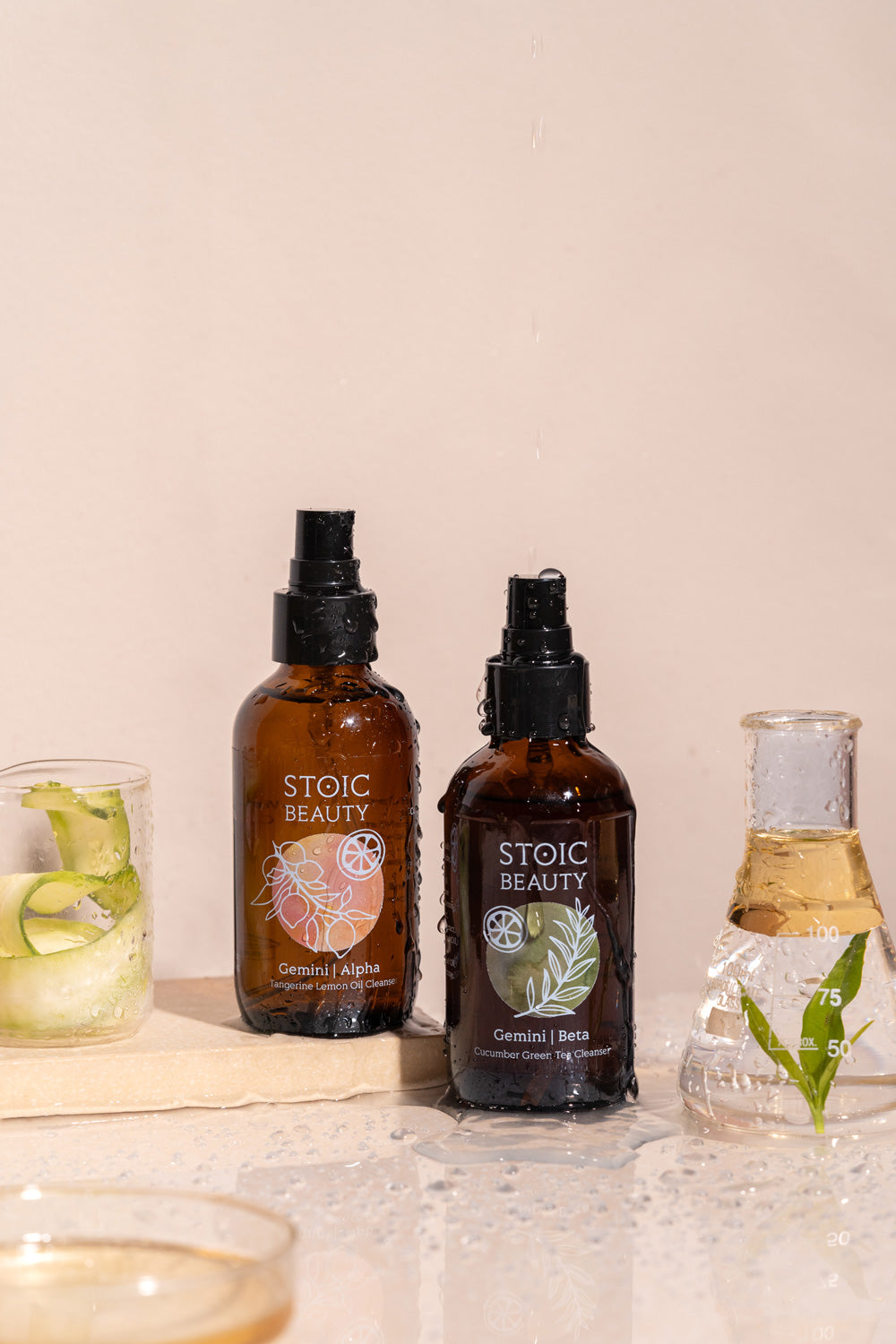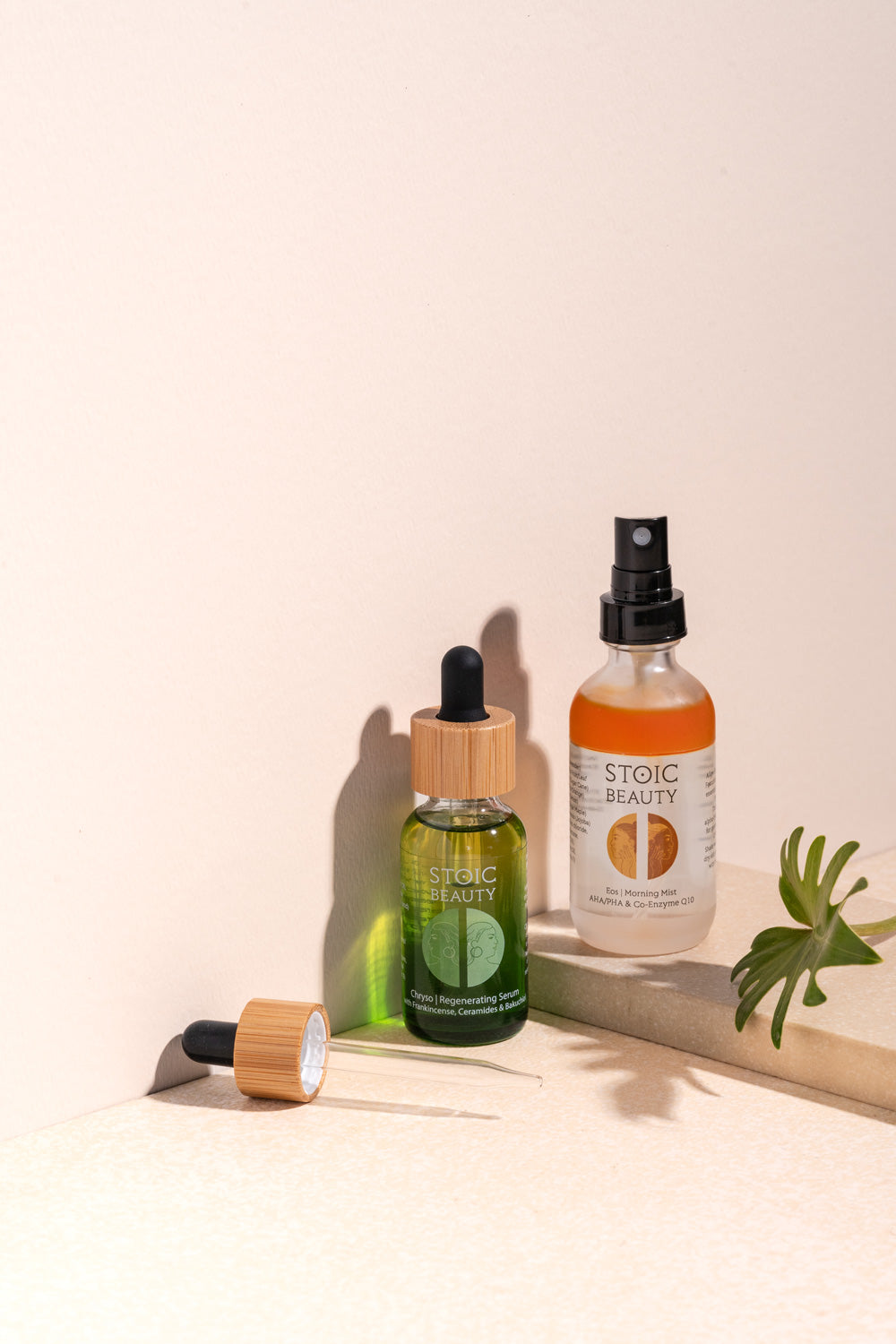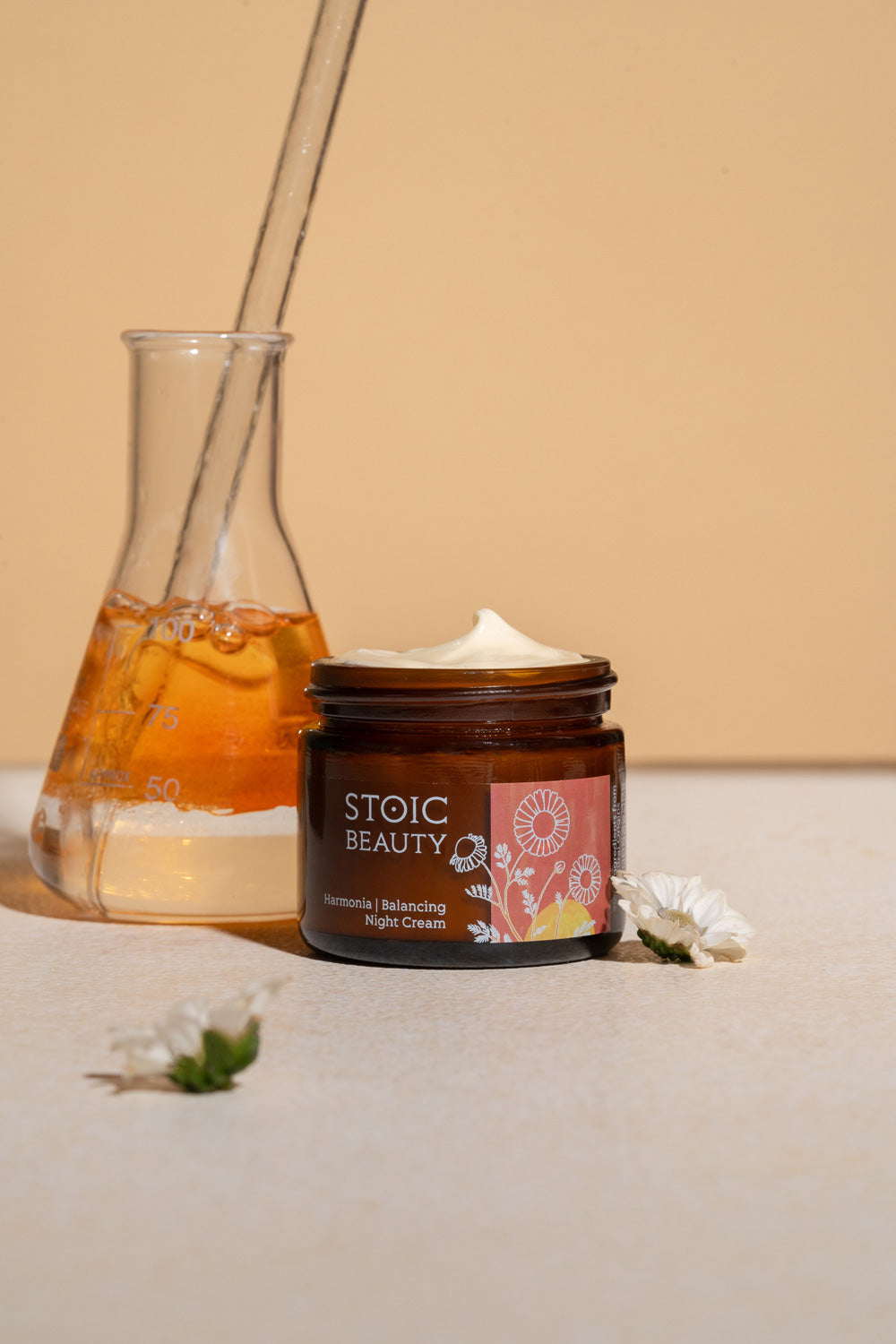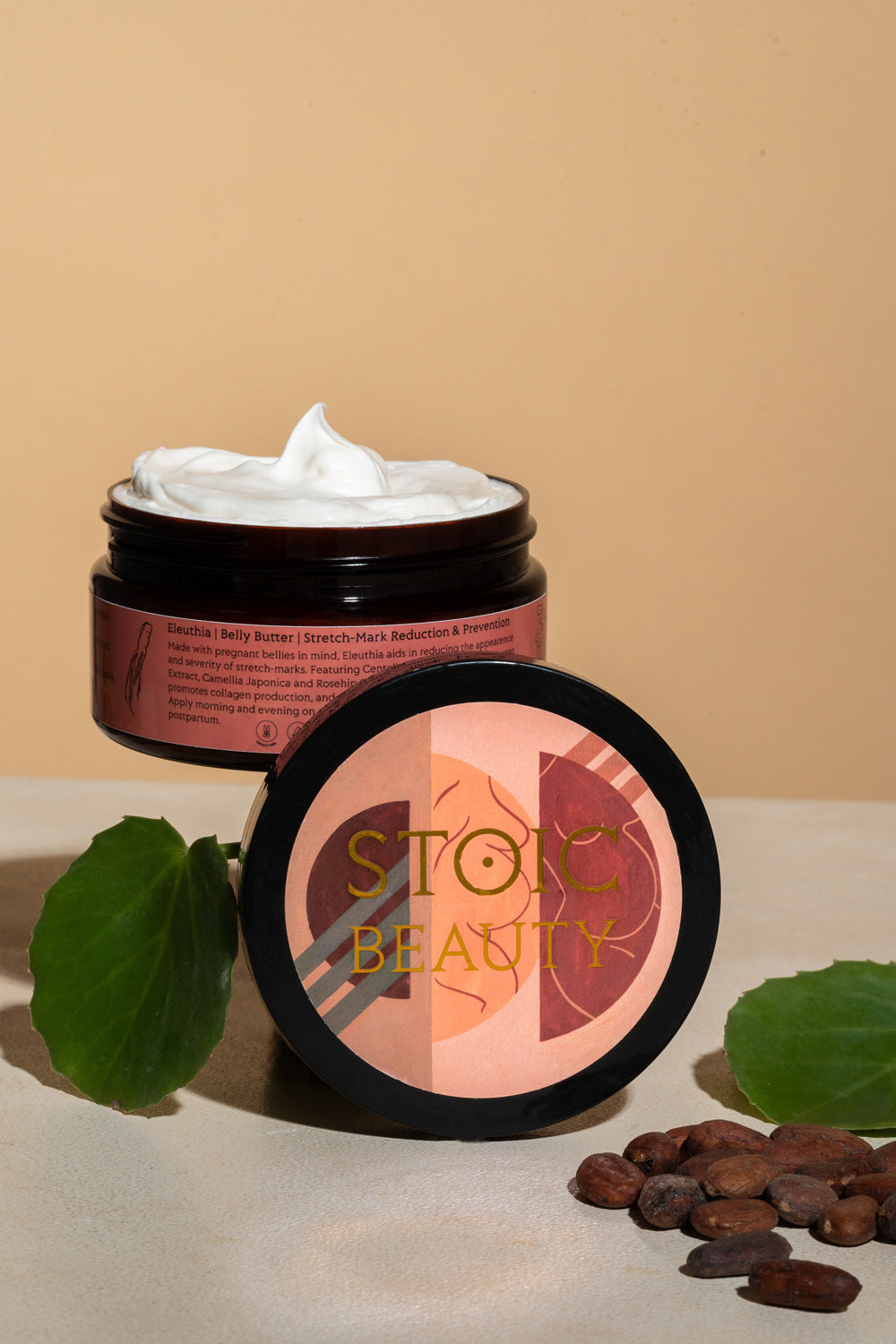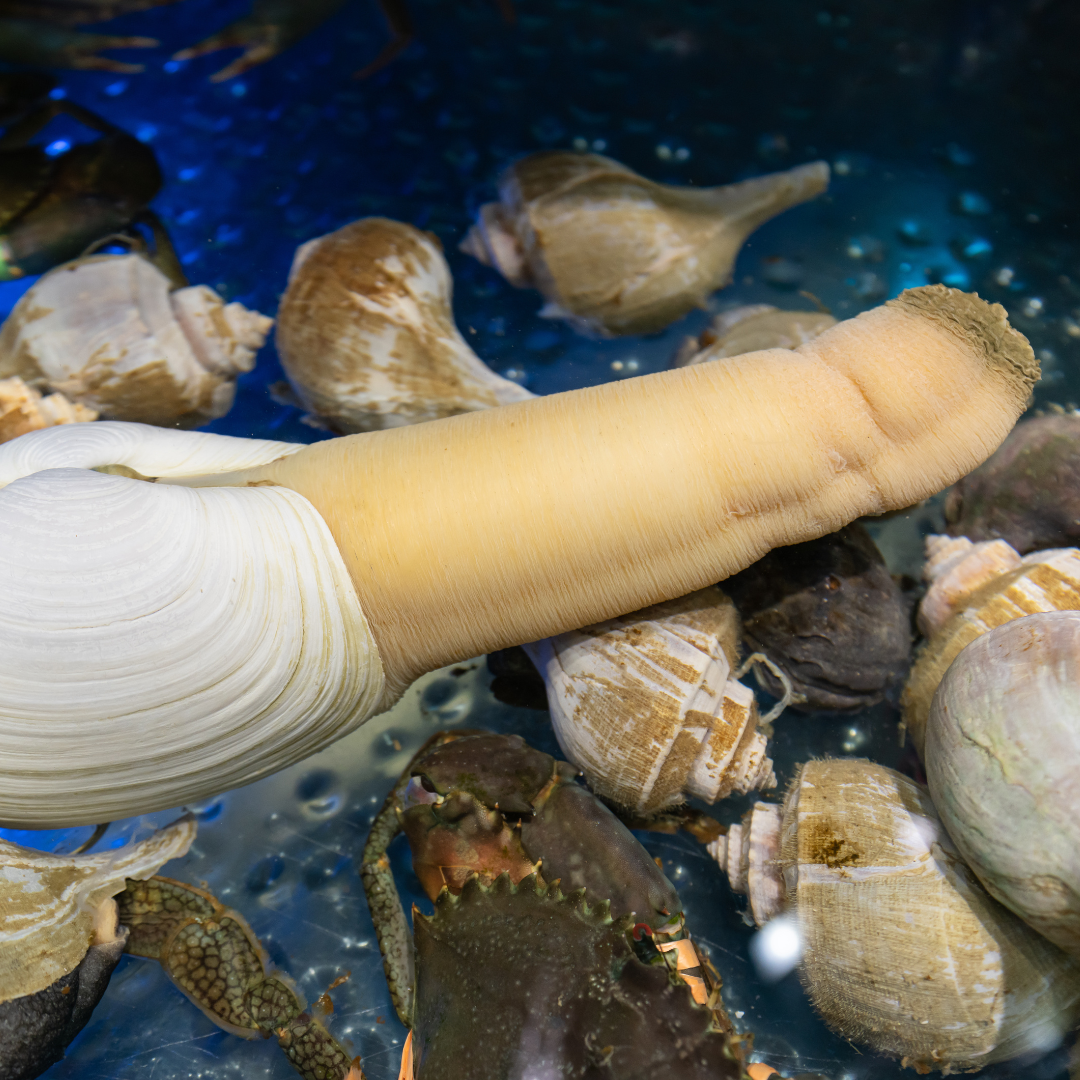
More and more often customers demand information on ecological impact of the products they buy and make their purchasing decisions based on analysis of available data. Unfortunately, biodegradability information is still not widely accessible to the average consumer. Some is available in Material Safety Data Sheets (MSDS) prepared for all chemicals by their manufacturers under Ecological Information heading. Some information can also be found in various online databases.
Let's talk dirty...
Ok, now that we have your attention... let's talk about BIODEGRADABILITY!
What is biodegradability?
A biodegradable substance can be chemically decomposed (broken down to simpler components) by natural biological processes (e.g. soil bacteria, weather, plants, animals).
Let’s explain it
Man-made chemicals used in paints, lubricants, packing materials, household detergents, personal care products, drugs, etc. may find their way to the sewage system. Sewage water is treated to eliminate these chemicals by degrading them to substances that are no longer poisonous to the aquatic life and to humans. This process is called biodegradation.
It is ‘bio’ because it is mediated by countless species of microorganisms, especially bacteria and fungi, that have evolved over millions of years to use many complex chemicals, both found in nature and man-made, as food i.e. source of energy. These tiny organisms can efficiently utilize chemical energy locked in complex organic chemicals by degrading them to simple molecules like for example carbon dioxide, methane, ammonia, water, etc.
KEY TAKE AWAY: Not all man-made chemicals are bad for the environment, the key is understanding if they biodegrade well.
Man-made chemicals may also appear in Earth’s waters bypassing the sewage treatment plants or composting facilities used for biodegradation of solid waste. One of the examples here are organic UV-filters used in sunscreens that contaminate our costal waters to a level dangerous not only to aquatic ecosystems but also to humans.
It is critically important to develop reliable laboratory methods to test chemicals for how fast they degrade under conditions that simulate those in natural environments and those in waste treatment facilities. In the ideal world, the chemicals that do not degrade would then be eliminated from production and substituted by more environmentally friendly alternatives.
KEY TAKE AWAY: It is up to ethical industry to commit to best practices of testing for biodegradability. Consumers help by pressuring businesses to follow best practices.
Development of standardized biodegradability test methods is not an easy task
The great variety of biodegradation processes in the natural environment and in water and solid waste treatment plants greatly complicates the development of standardized laboratory methods to reliably predict biodegradation and consequently assess the risk of bioaccumulation. Despite these difficulties, progress is being made. This effort is being led by organizations such as International Organization for Standardization (ISO), Organization for Economic Co-operation and Development (OECD) and American Society for Testing and Materials (ASTM). Quality criteria such as Good Laboratory Practices (GLP), EN 45000, ISO 9000 have been established.
As an organic chemist with over 20+ years of experience bring this background to our product development at Stoic Beauty. Although we are a small team making small batch cosmetics, we are committed to best practices for biodegradability and avoiding bioaccumulation in marine life.
At present many biodegradability tests exist, some simulate aquatic (fresh water and marine) and soil conditions, aerobic and anaerobic processes, and the treatments used in sewage and composting plants. Specific methods are recommended according to the type of material (polymer, lubricant, etc.) and its physical properties. Test methods may use different analytical techniques to assess degradation, which on the two extremes measure either primary degradation (disappearance of the substance under study) or total degradation (carbon dioxide produced). The methods are being refined and new tests added.
And what is the real impact?
Companies producing customer goods have legal responsibility to know the ecological behaviour of chemicals they release to the market in substantive quantities and are obligated to test biodegradability of their products using approved standardized methods.
More and more often customers demand information on ecological impact of the products they buy and make their purchasing decisions based on analysis of available data. Unfortunately, biodegradability information is still not widely accessible to the average consumer. Some is available in Material Safety Data Sheets (MSDS) prepared for all chemicals by their manufacturers under Ecological Information heading. Some information can also be found in various online databases.
As the fate of most of skincare products is wastewater or natural water reservoirs, at Stoic Beauty, we are committed to carefully examining all available data on ecological impact of the cosmetic ingredients we use in production of our cosmetics. We make this information available to our customers.
Connect on our mailing list to hear all about our water safety initiatives. Join our Water-safe Skin-safe mission!

